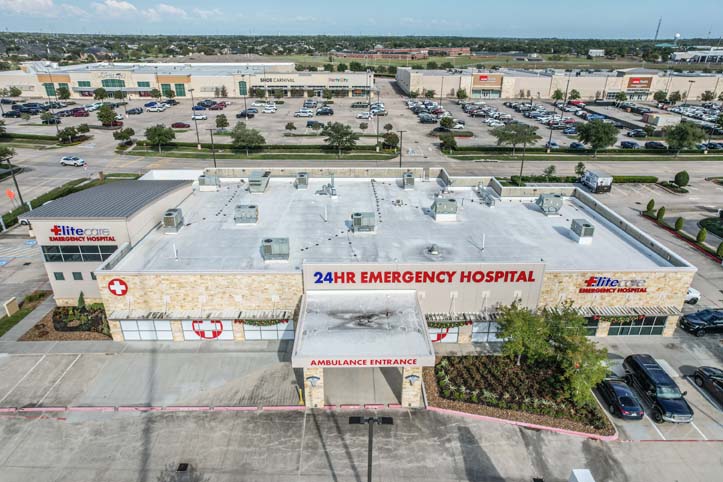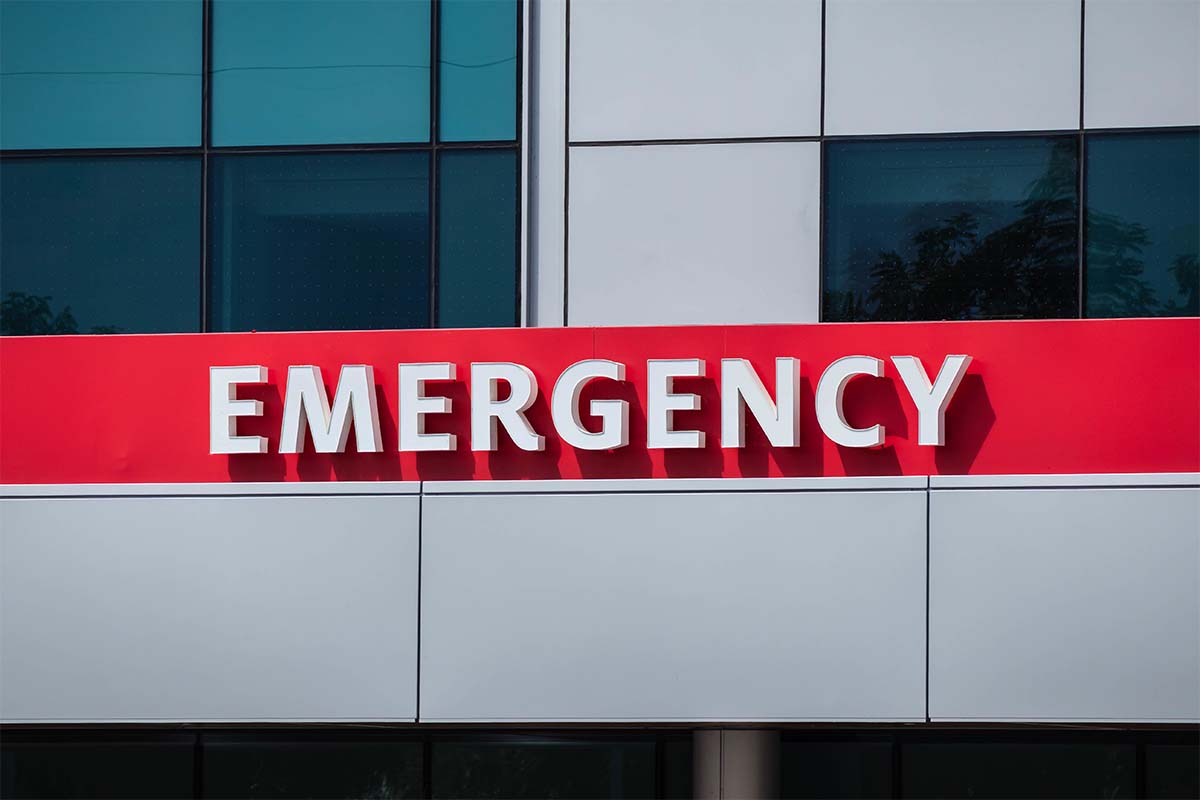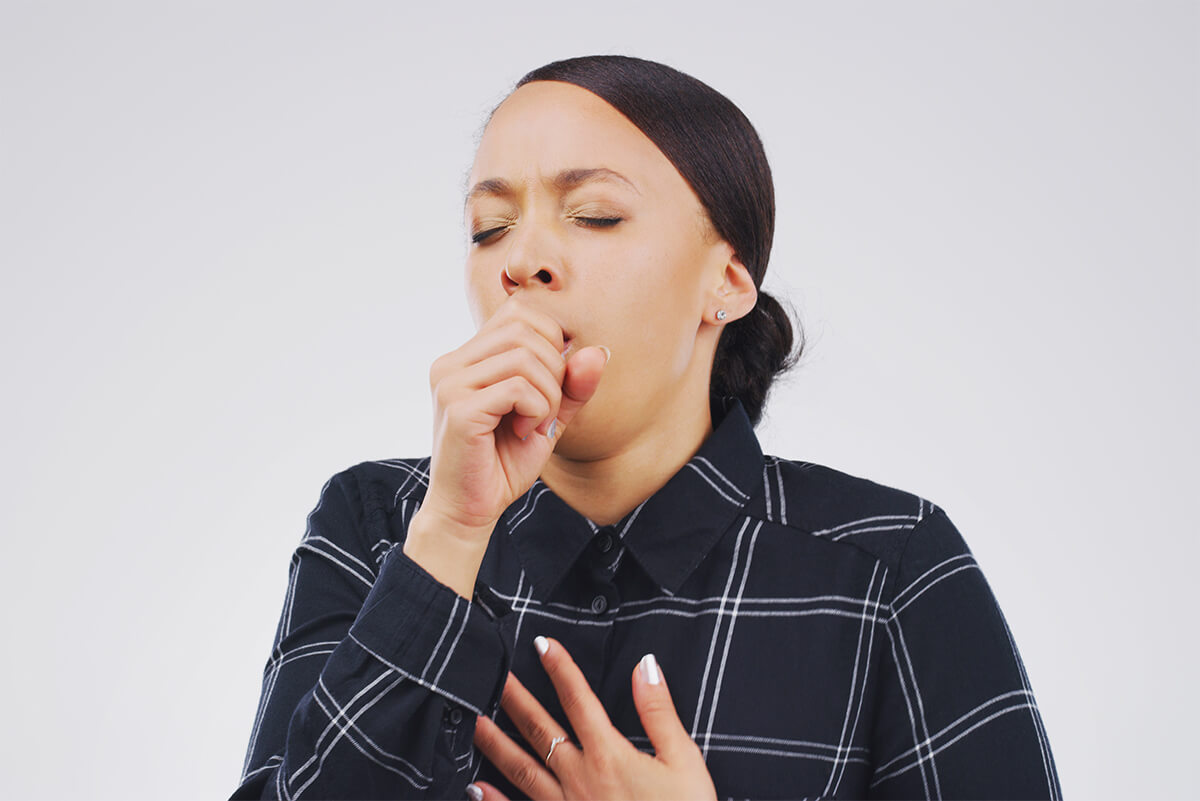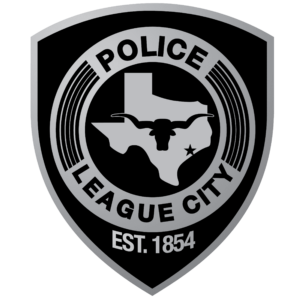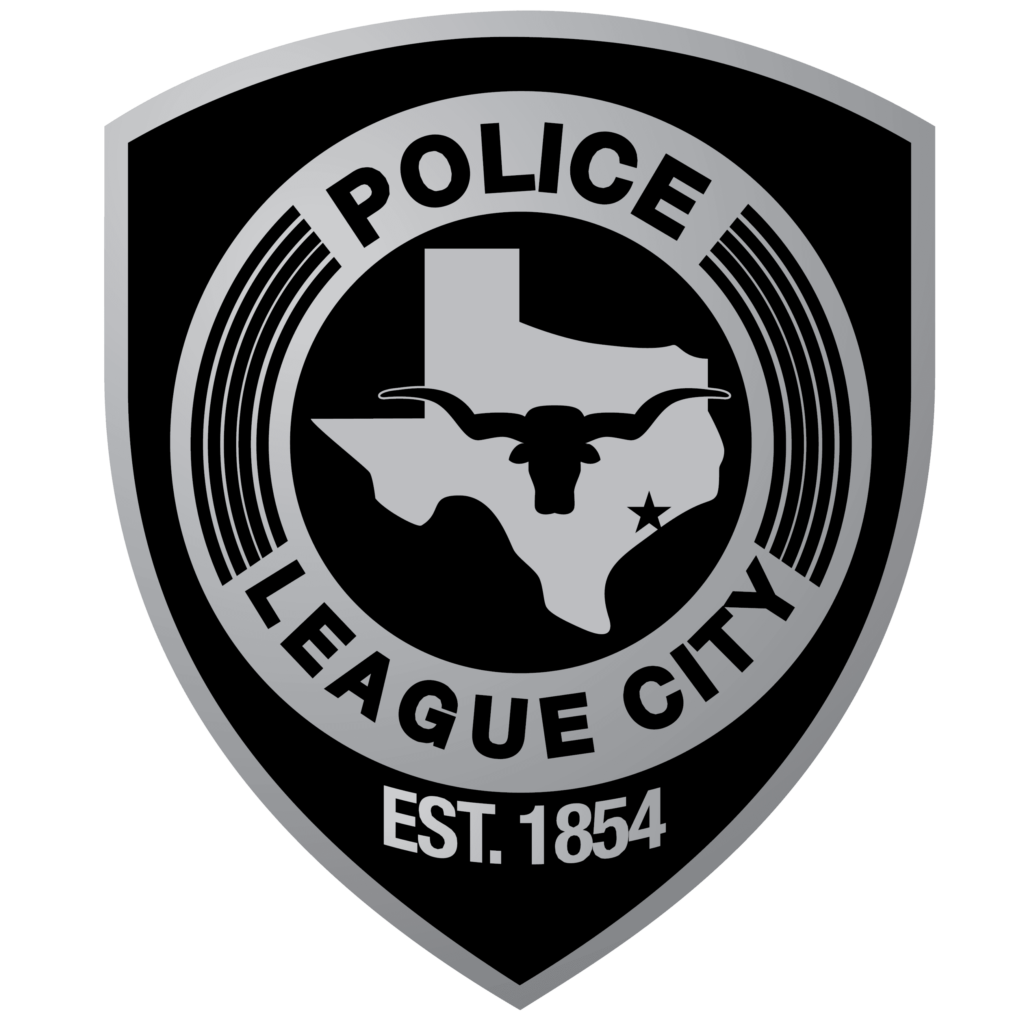
Salmonella poisoning is something we hear about too often. The United States imports fruits and vegetables from Mexico and other South American countries. Just recently More than 650 people were sickened by a salmonella outbreak linked to onions imported from Mexico, reported by the Centers for Disease Control and Prevention. Across 37 states, 652 people have been reported sick, with 129 of them hospitalized. (Pietsch, 2021) How and what causes Salmonella poisoning? Let’s explore this topic.
Food poisoning is common, and it is usually Salmonella when people are infected with contaminated food or water. Salmonella poisoning is a food-borne illness, affecting not only adults, but infants and young children. It has been observed that Salmonella infection is more frequent in summers than in winters for the fact that Salmonella overgrows at higher temperatures and when food is not refrigerated.
According to the Centers for Disease Control and Prevention (CDC), around 1 in 7 people in America (48 million) contract different forms of food poisoning every year. 1,28,000 got hospitalized out of those 48 million people. Salmonella is the biggest bacterial cause of food poisoning cases in the country. (Selner 2021)
Salmonella and Serious Health Problems
Salmonella infection is rarely life-threatening and gets better on its own within a few days. However, patients’ bowel routines may not be consistent like before for a few months. In some cases, like people with poor immune systems or pre-existing medical conditions, infants, young children, and pregnant women have higher chances of catching the infection and may also develop serious health complications.
Diarrhea associated with salmonella infection is dehydrating. It may require prompt medical attention. Life-threatening complications are likely to develop if the condition gets into your blood. It will start infecting other body parts, including the heart valves, brain, spinal cord tissues, bone marrow, and blood vessel lining.
In other cases, some people develop joint pain after the infection, also known as reactive arthritis. Reactive arthritis can be hard to treat and last for a few months or longer. People with reactive arthritis may also get sore eyes and pain when urinating. (Ratini 2022)
Causes of Salmonella Infection
Salmonella bacteria live in animal, birds, and human intestines and are shed through feces. Food contaminated by feces is the leading cause of infection. These infected foods include:
- Raw meat, poultry, and seafood – The feces may get onto meat and poultry during the butchering process. Even seafood when harvested from contaminated water.
- Raw eggs – Infected chickens can produce eggs that contain Salmonella even before the shell gets formed. Some food items like homemade mayonnaise and hollandaise sauce are prepared using raw eggs which has risk. If you are pregnant or have a compromised immune system, you may wish to stay away from uncooked eggs.
- Vegetables and fruits – Fresh produce, mainly imported varieties, may be hydrated in the field or washed with water contaminated with Salmonella. It is also possible for fresh food to get soiled in the kitchen. Raw meat and poultry juices unknowingly get mixed with uncooked foods, such as salads.
Salmonella infection can likely occur upon touching something infected, including pets, reptiles, and birds, and then putting your fingers in the mouth.
(Mayo Clinic 2019)
Symptoms of Salmonella Infection
Salmonella infection predominantly affects the intestine, and most symptoms are stomach-related, such as diarrhea, cramps or upset stomach, vomiting, nausea, blood in stool, fever, headache or cold, and chills.
These symptoms usually surface within 8 to 72 hours after the infection. Depending on the severity, the symptoms subside on their own, and you get better in a few days. In some cases, the illness may disrupt the digestive process for several months.
When to Seek Medical Help
If symptoms persist for over a week, the infection is likely to be severe, and you should see a doctor immediately. It is even more critical for people with weakened immunity, infants, and older adults.
Keep a close eye on the signs and seek medical help quickly if you continue to get bloody stool, high fever, or constant dehydration (peeing only in small amounts, a dry mouth, and sunken eyes).
Conclusion
The food and water we intake in the United States is mostly hygienic and safe, but it doesn’t mean our food is free from all pathogenic bacteria. The Department of Agriculture has created a Salmonella Action Plan to update the poultry slaughter inspection system and enhance sampling and testing programs for meat and poultry.
The best way to prevent food poisoning is to take a few crucial steps at home. For example, wash your hands regularly, especially after using the toilet, cook the meat properly, keep the cooking and cutting surface area clean and keep the leftovers refrigerated. These standard hygienic habits can help you to be safe from Salmonella Poisoning and other food-borne illnesses.
Works Cited
Pietsch, B. (2021, October 21). CDC warns people to throw away onions from Chihuahua, Mexico, after salmonella outbreak. The Washington Post. Retrieved February 28, 2022, from https://www.washingtonpost.com/nation/2021/10/21/onion-salmonella-outbreak-cdc-prosource/
Selner, Marissa. “What You Need to Know About Food Poisoning, Its Causes, and Treatments.” Healthline, Healthline Media, 8 Dec. 2021, www.healthline.com/health/food-poisoning.
“Salmonella: Causes, Symptoms, Complications, Treatment, and Prevention.” Edited by Melinda Ratini, WebMD, WebMD, 25 Jan. 2022, www.webmd.com/food-recipes/food-poisoning/what-is-salmonella.
Mayo Clinic, Staff. “Salmonella Infection.” Mayo Clinic, Mayo Foundation for Medical Education and Research, 11 Oct. 2019, www.mayoclinic.org/diseases-conditions/salmonella/symptoms-causes/syc-20355329.

